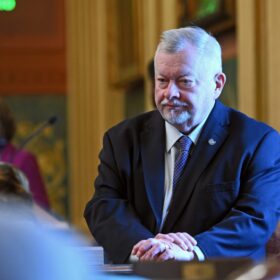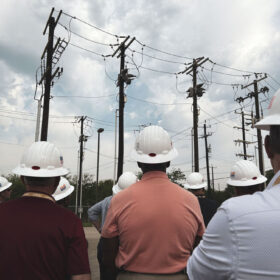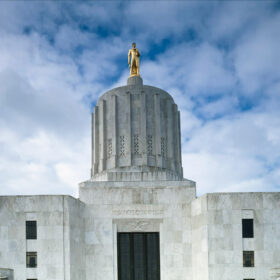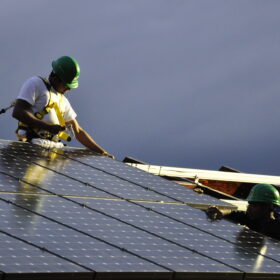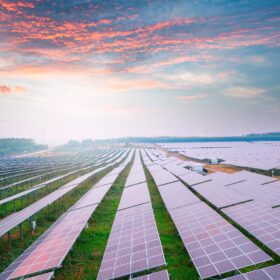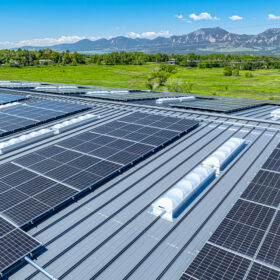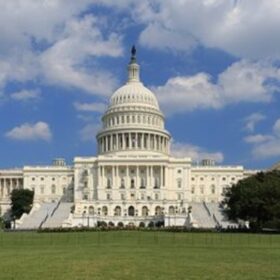The ‘MAGA Solar Act’: Michigan Republicans’ solar playbook
A mixed bag for solar, Michigan’s Maximining American Grid Affordability Act would establish a community solar program and financial incentives for agrivoltaics, but also place a cap on how much solar is allowed statewide, prohibit Chinese solar panels, and require local zoning approval for all projects.
Canada’s path to 2030: Tripling renewables and land conservation are both possible
Countries can avoid conflict between biodiversity conservation efforts and renewable energy development by using proactive measures, found a model developed by The International Energy Agency and Natural Resources Canada.
State lawmakers convene to tackle grid strain, data center energy demands
The Pew Charitable Trust held a two-day meeting in San Antonio where state lawmakers met to learn about distributed energy resources and discuss policies can help meet rising energy demands.
Oregon expands microgrids to beyond utility ownership
The legislation strives to build resiliency at the community level by allowing private developers to build, own and operate microgrids.
New Jersey unanimously passes bill for automated solar permitting
While other states’ bills to remove solar permitting bottlenecks fell flat this year, New Jersey unanimously passed a permitting bill in “one of those rare wins.”
Maine’s governor signs controversial net-metering reforms into law
Solar advocates warn that the reforms will have a “chilling effect” on the state’s clean energy future.
Largest solar project in Wisconsin history gets the wildlife greenlight
The Wisconsin Wildlife Federation and Vista Sands Solar project reached an agreement to allow the 1.3 GW project to maintain its size while also protecting the greater prairie-chickens.
Midwest Solar Expo rebrands to Intersolar & Energy Storage North American Midwest
Rebranded as IESNA Midwest, the annual event will be Intersolar’s first Midwestern show.
ANSI approves SEIA’s standards on consumer protection, solar operation and maintenance
The two ANSI-accredited standards provide guidance on ethical sales and contracting practices, and on maintaining solar and storage systems to maximize performance, longevity and safety.
Tackling affordable housing, climate action together under (or on) one roof
A 333 kW rooftop solar project was installed atop a modular home factory in Boulder, Colorado.

